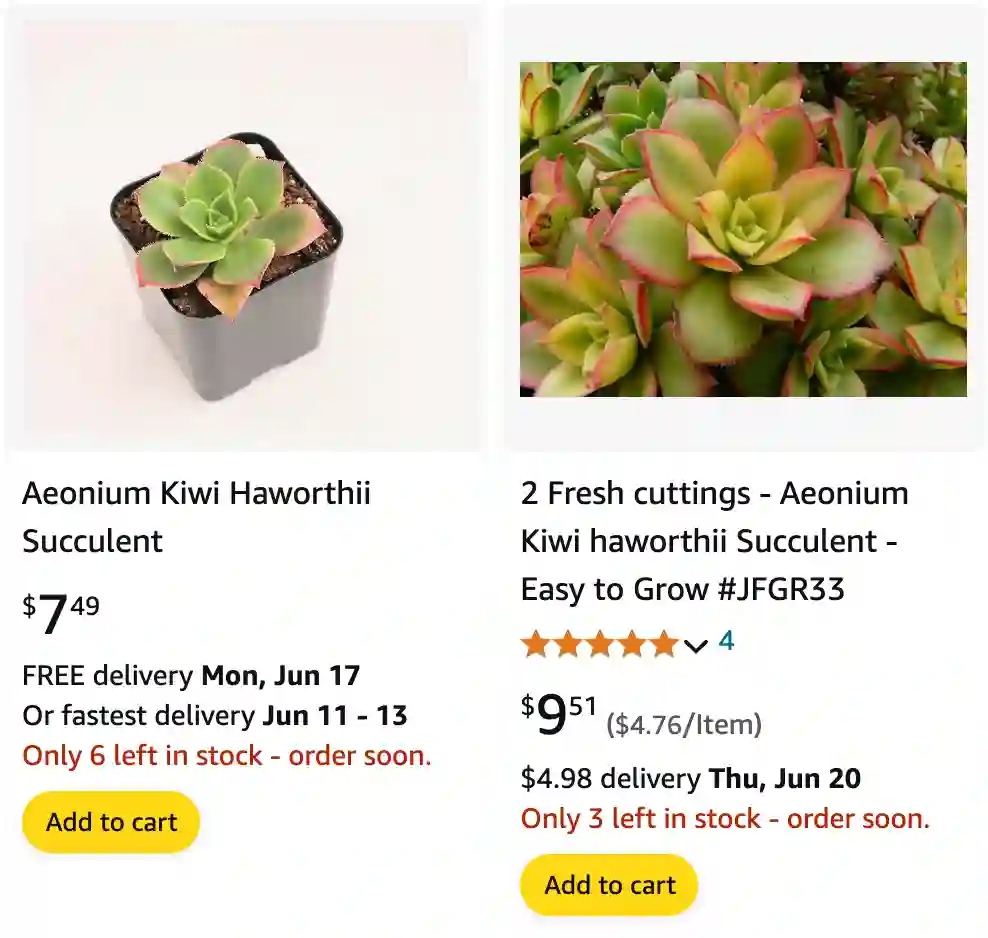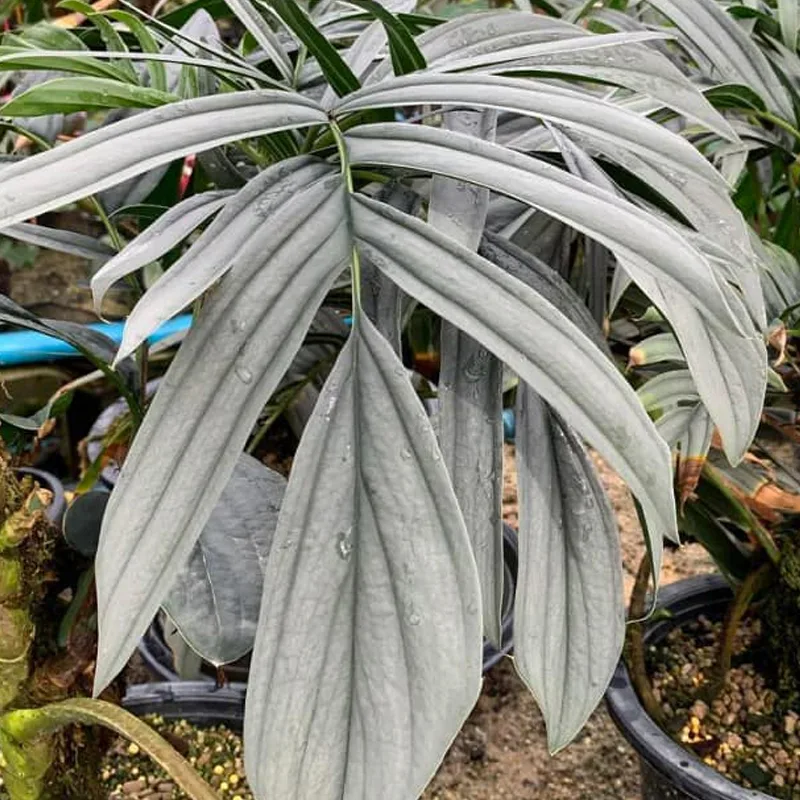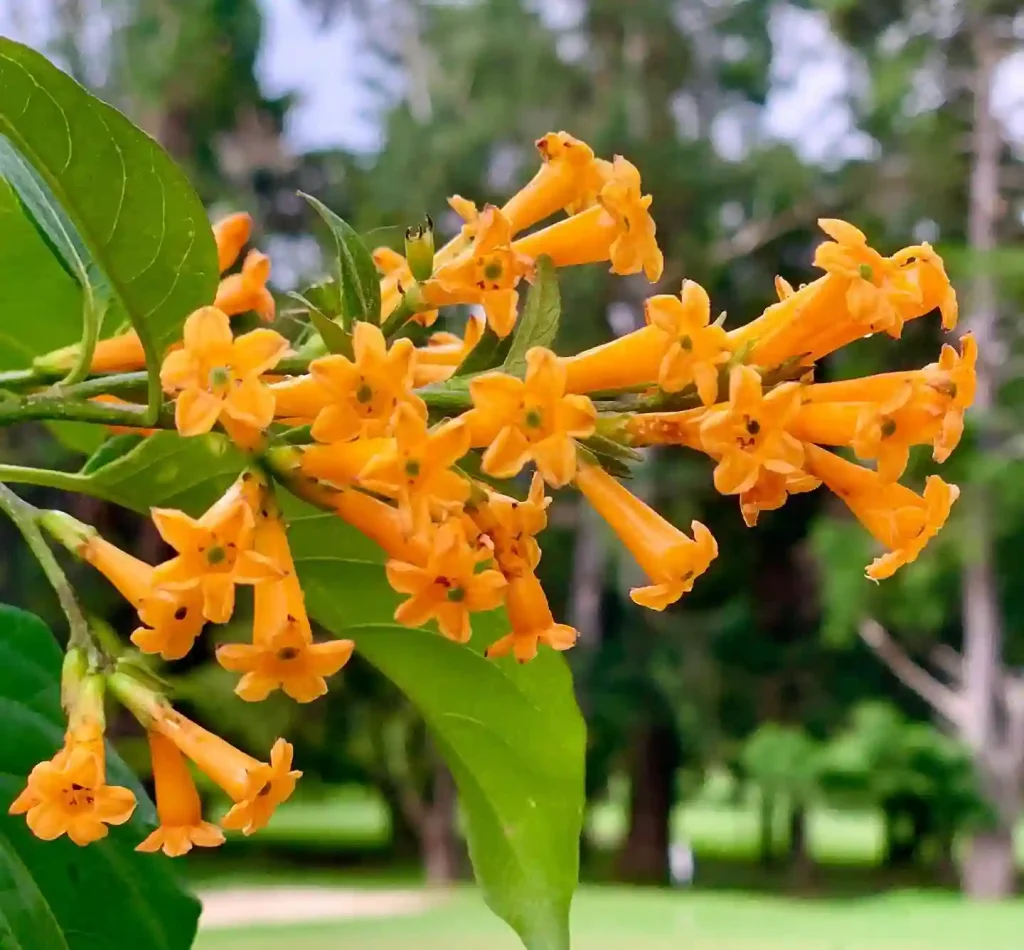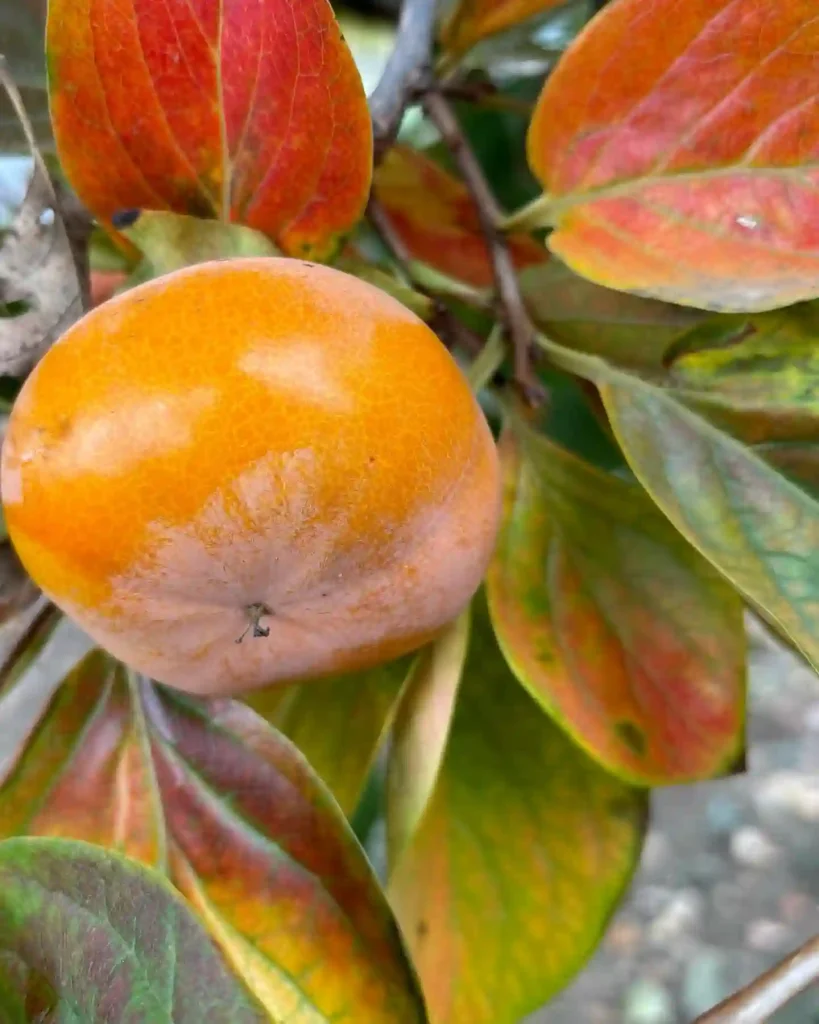
Aeonium Haworthii: A Succulent Star for Plant Enthusiasts
Hi there, Ferb Vu here. I’m a succulent aficionado, and today, I want to introduce you to the captivating Aeonium Haworthii, a plant that delivers on both beauty and ease of care.
This FAQ will equip you with everything you need to know about this stunning succulent, from its origins and appearance to its care requirements and unique characteristics. So, whether you’re a seasoned plant parent or a curious beginner, dive in and discover the magic of Aeonium Haworthii.
91 Species in Genus Aeonium
What is Aeonium Haworthii?
Aeonium Haworthii, also known as Haworth’s Aeonium or Pinwheel, is a captivating succulent belonging to the Crassulaceae family. It’s native to the Canary Islands and pockets of North Africa, thriving in sunny, arid environments.
This succulent boasts rosettes of fleshy, spoon-shaped leaves that spiral outwards, resembling a pinwheel – hence the nickname. The leaves come in a spectrum of colors, ranging from vibrant greens to deep purples, with some cultivars even showcasing variegated patterns.
Aeonium Haworthii vs Aeonium Kiwi
My Aeonium Haworthii is a trooper – it thrives on neglect and brightens up my sunny windowsill with its classic green rosettes. But the Aeonium Kiwi next to it steals the show sometimes. The mix of green, yellow, and red leaves is stunning, like a living firework.
Aeonium Haworthii vs Echeveria
Echeveria, another popular succulent, is often confused with Aeonium Haworthii. Here’s a quick breakdown to help you differentiate:
- Leaf Shape: Aeonium Haworthii has wider, spoon-shaped leaves, whereas Echeveria boasts plumper, more pointed leaves.
- Rosette Formation: Aeonium Haworthii forms looser, open rosettes, while Echeveria forms tighter, compact rosettes.
- Flowering: Aeonium Haworthii produces clusters of yellow flowers, while Echeveria displays bell-shaped flowers in various colors.
Can Aeonium Haworthii Live Indoors?
Absolutely! Aeonium Haworthii thrives as a houseplant, making it a fantastic choice for adding a touch of greenery and succulent charm to your indoor space.
Just ensure it receives ample sunlight – a south-facing window is ideal. Water moderately, allowing the soil to dry completely between waterings.
Here are some additional tips for keeping your Aeonium Haworthii happy indoors:
- Potting: Use a pot with drainage holes to prevent waterlogging. Opt for a well-draining succulent or cactus mix.
- Temperature: Maintain a comfortable room temperature between 65°F and 75°F (18°C and 24°C).
- Humidity: Aeonium Haworthii prefers moderate humidity levels. If your home is particularly dry, consider using a pebble tray or humidifier.
How to Care for Aeonium Haworthii Outdoors?
If you live in a region with warm, sunny weather (USDA hardiness zones 9-11), your Aeonium Haworthii can flourish outdoors. Here’s what you need to know:
- Sunlight: Provide at least 6 hours of bright, direct sunlight daily.
- Soil: Plant in well-draining soil, ideally a succulent or cactus mix amended with perlite for extra drainage.
- Watering: Water deeply when the soil feels completely dry to the touch. Avoid overwatering, as this can lead to root rot.
- Winter Protection: In colder climates, bring your Aeonium Haworthii indoors before the first frost. Alternatively, provide protection with frost cloth or a cold frame.
How to Propagate Aeonium Haworthii?
Aeonium Haworthii can be easily propagated through offsets (pups) that emerge at the base of the mature plant. Here’s a simple guide:
- Gently remove healthy offsets from the mother plant using a clean knife or shears.
- Allow the offsets to callous over for a few days in a cool, dry place.
- Plant the offsets in a well-draining succulent mix and water sparingly.
- Place the newly propagated Aeonium Haworthii in bright, indirect sunlight.
Common Aeonium Haworthii Problems and Solutions
Like any plant, Aeonium Haworthii can encounter a few challenges. Here’s how to identify and address them:
- Stretched or Leggy Growth: This indicates insufficient sunlight. Move your plant to a brighter location or provide supplemental grow lights.
- Wrinkled or Shriveled Leaves: This is a sign of underwatering. Increase watering frequency, but ensure the soil dries completely between waterings.
- Mushy or Soft Leaves: This signifies overwatering or root rot. Reduce watering drastically and allow the soil to dry completely. If the problem persists, repot your Aeonium Haworthii in fresh, well-draining soil and remove any damaged roots.
- Mealybugs or Aphids: These sap-sucking insects can infest your Aeonium Haworthii. Use insecticidal soap or neem oil solution to treat the infestation.
Aeonium Haworthii Cultivars to Explore
The world of Aeonium Haworthii offers a delightful variety of cultivars, each with unique characteristics:
- Aeonium Haworthii ‘Variegatum’: This stunning cultivar boasts green leaves edged in creamy white, creating a beautiful variegated effect.
- Aeonium Haworthii ‘Black Spades’: This dramatic cultivar features deep purple to almost black leaves, making a bold statement.
- Aeonium Haworthii ‘Kiwi’: This award-winning cultivar displays vibrant green leaves with a reddish tinge at the tips, creating a captivating contrast.
- Aeonium Haworthii ‘Ebony’: This dark horse boasts near-black leaves with a glossy sheen, adding a touch of gothic charm.
Conclusion: Why Choose Aeonium Haworthii?
Aeonium Haworthii is a captivating succulent that offers a unique combination of beauty, resilience, and ease of care. Whether you’re a seasoned plant enthusiast or a curious beginner, this succulent is sure to add a touch of charm to your collection.
With its stunning rosettes, winter growth, and delightful flowers, Aeonium Haworthii thrives both indoors and outdoors (in warm climates). So, if you’re searching for a low-maintenance succulent that delivers on visual appeal, look no further than the captivating Aeonium Haworthii.
If i die, water my plants!



